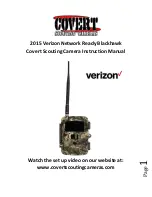
Handbook for the SXVR-M25C
Issue 1 June 2009
1
The SXVR-M25C one-shot colour CCD camera
Thank you
for purchasing a Starlight Xpress CCD camera. We hope that you will be
very satisfied with the results.
The SXVR-M25C is an advanced, high-resolution one-shot colour cooled CCD
camera, especially designed for astronomical imaging. It is a third generation version
of the very popular SXV-M25C and incorporates many substantial improvements and
extra features. These include a built-in, fully programmable, USB 2 super-fast
computer interface, an autoguider control port and output and optional integrated dual
serial ports for filter wheel and telescope control. It also includes a CCD temperature
monitoring circuit which provides regulated set-point cooling of the chip and a
substantial reduction in overall size.


































